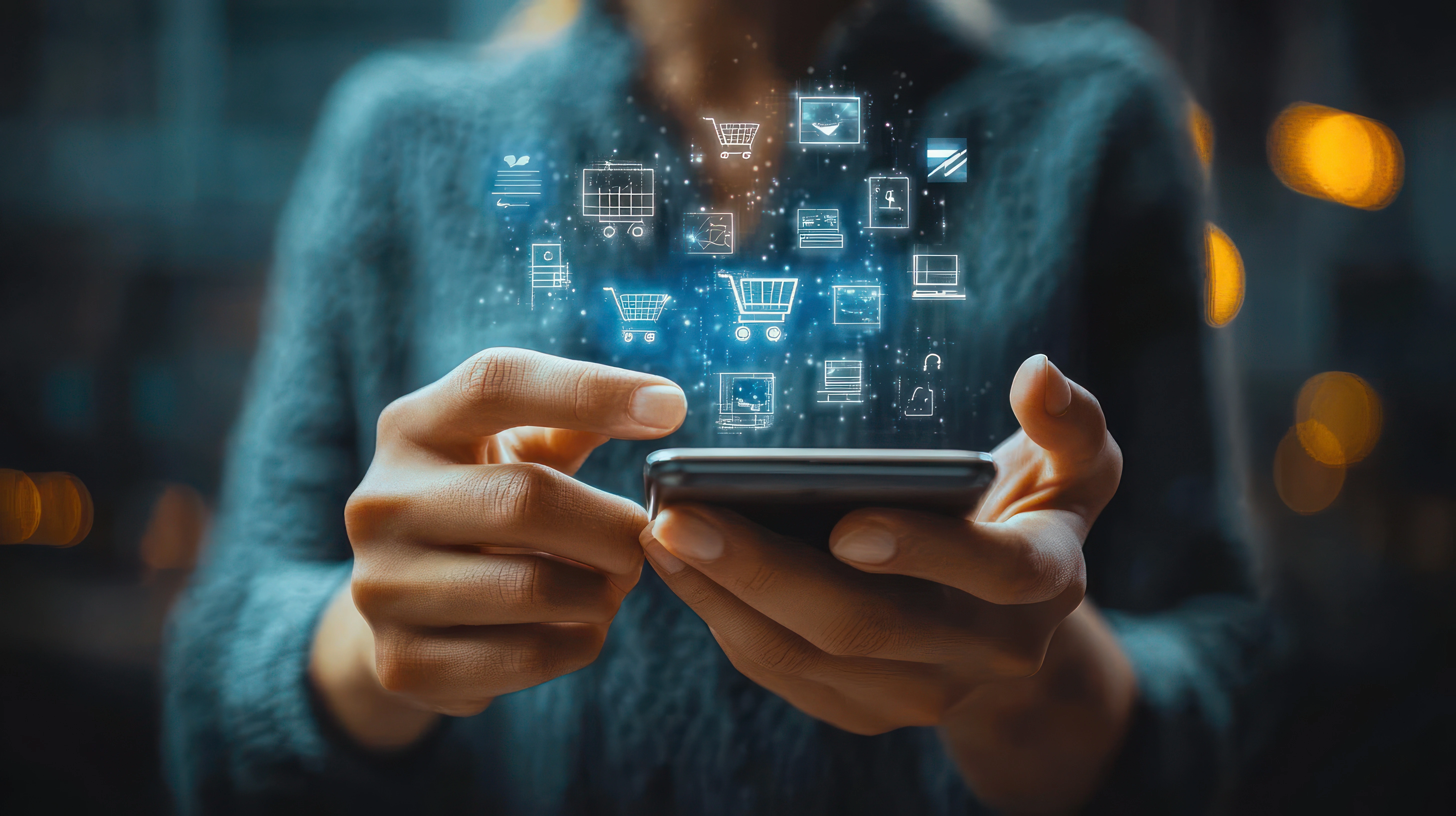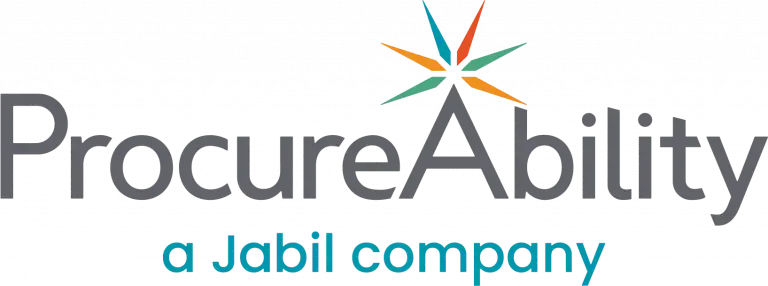
Managing large-scale RFPs with thousands of SKUs or complex, engineered components can be time-consuming for both procurement teams and suppliers. To streamline the process without compromising on insight or value, consider using a market basket strategy.
A market basket is a representative sample of the total category spend that an organization plans to take to market. Instead of including every item in the RFP, this method focuses on a curated subset of items that reflect the broader spend profile. This reduces the burden on suppliers, speeds up internal evaluation, and still allows for an accurate analysis of supplier capabilities and pricing.
Benefits of the Market Basket Approach
Using a market basket simplifies the RFP process by reducing the number of line items. Suppliers can devote more time to providing accurate, detailed responses, improving the quality of submissions. Internally, fewer items mean faster evaluation cycles and cleaner comparisons across vendors. This approach also promotes more strategic sourcing by enabling deeper insight into the most impactful cost drivers.
How to Build a Representative Market Basket
To ensure the market basket accurately reflects the category, follow these three key steps:
- Apply the 80/20 Rule: Start by identifying the top 20% of parts or services that drive 80% of the spend.
- Review by Part Families: Ensure the sample includes all item types within the category. Adjust the sample to avoid over-representing or excluding certain part types.
- Include “Cats and Dogs”: Don’t overlook low-volume or low-spend items. Including a small set of these ensures suppliers price similar items appropriately during implementation.
Each step is essential. Ignoring one (such as leaving out low-spend items) can lead to misrepresented pricing, gaps in supplier coverage, or the need for a second RFP to fill in the missing details.
Pricing Strategy for Non-Market Basket Items
One common concern is how to ensure competitive pricing for the items not included in the market basket. Several strategies can address this:
- Cost Plus or List Minus Models: For categories with a high number of SKUs, use a formula-based pricing model. Ensure both parties agree on a detailed cost structure with full visibility into each pricing component.
- Similarity-Based Pricing: For engineered components, ask suppliers to price non-basket items based on similar items they’re quoting. This ensures prices remain consistent with the awarded work and accounts for factors like volume or design complexity.
These approaches offer flexibility while protecting savings and ensuring transparency for future pricing.
Gain Internal Alignment Early
Before finalizing your RFP strategy, engage key stakeholders such as finance or engineering teams. Explain how the market basket approach works and align on the pricing methodology for non-market basket items. This not only ensures buy-in but also helps validate savings calculations post-RFP.
Why the Market Basket Approach Matters in Procurement
The market basket approach helps procurement professionals manage complex RFPs more efficiently without sacrificing insight or value. By creating a thoughtful, representative sample of spend and establishing a strong pricing mechanism for remaining items, organizations can streamline sourcing, reduce supplier fatigue, and improve overall outcomes. For large or complex categories, this strategy offers a practical way to balance thoroughness and efficiency, delivering measurable results across the procurement lifecycle.



